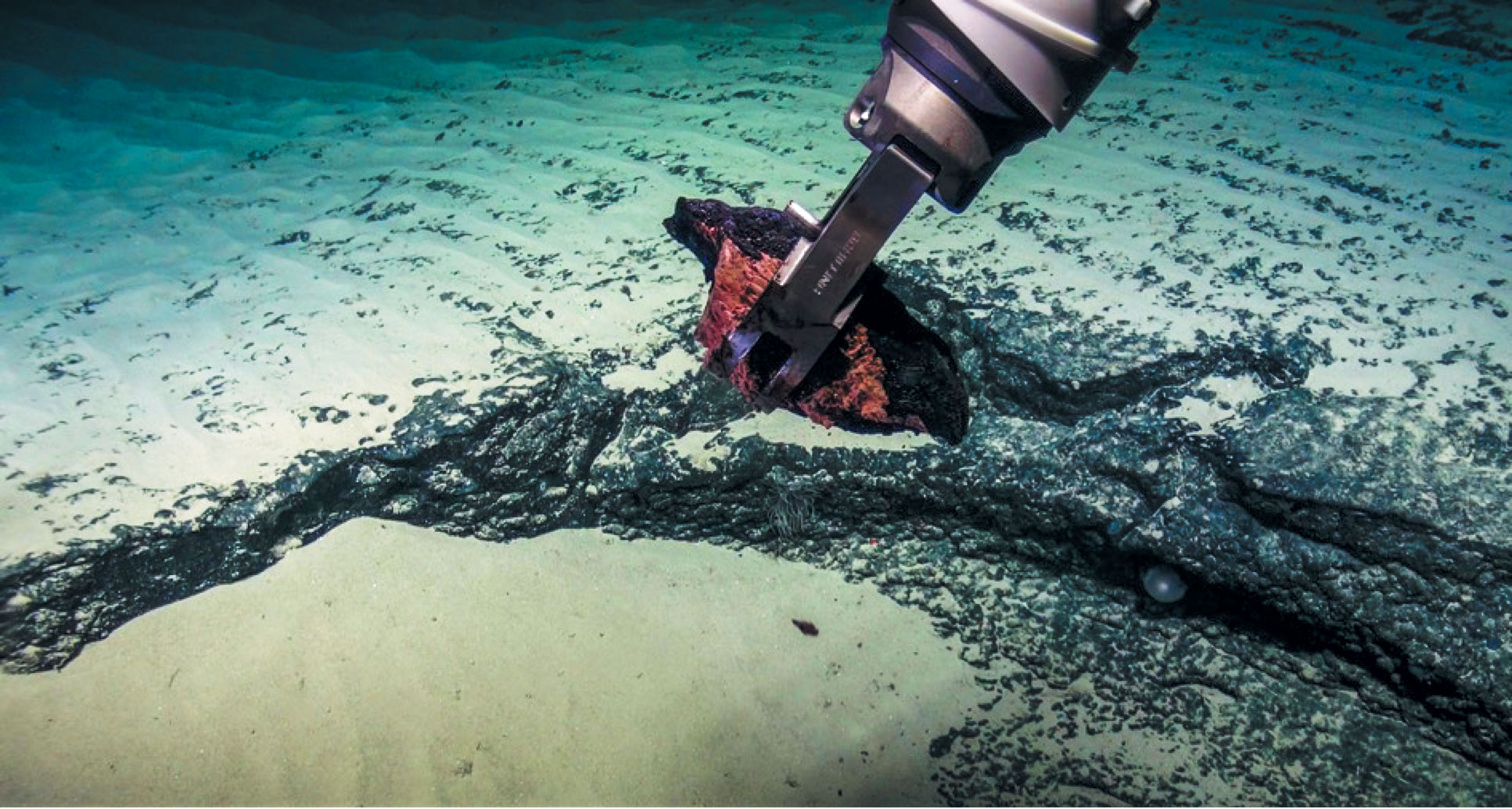
Published 2023-07-05
How to Cite
Copyright (c) 2023 INESC TEC Science&Society

This work is licensed under a Creative Commons Attribution 4.0 International License.
Abstract
It is widely accepted that the use of fossil carbon-based fuels is environmentally unsustainable, causing significant and increasingly adverse effects on climates and ecosystems worldwide. As a result, there is a growing demand for alternative sources of energy, that are either renewable or carbon neutral. The aim, set by many industrialised nations, is to reach zero-net carbon by the second half of the 21st Century [1]. This ambition will require a huge increase in production of base metals like copper, nickel, zinc, as well as scarcer minerals and elements critical to enabling a transition to low-carbon energy generation and transport.
